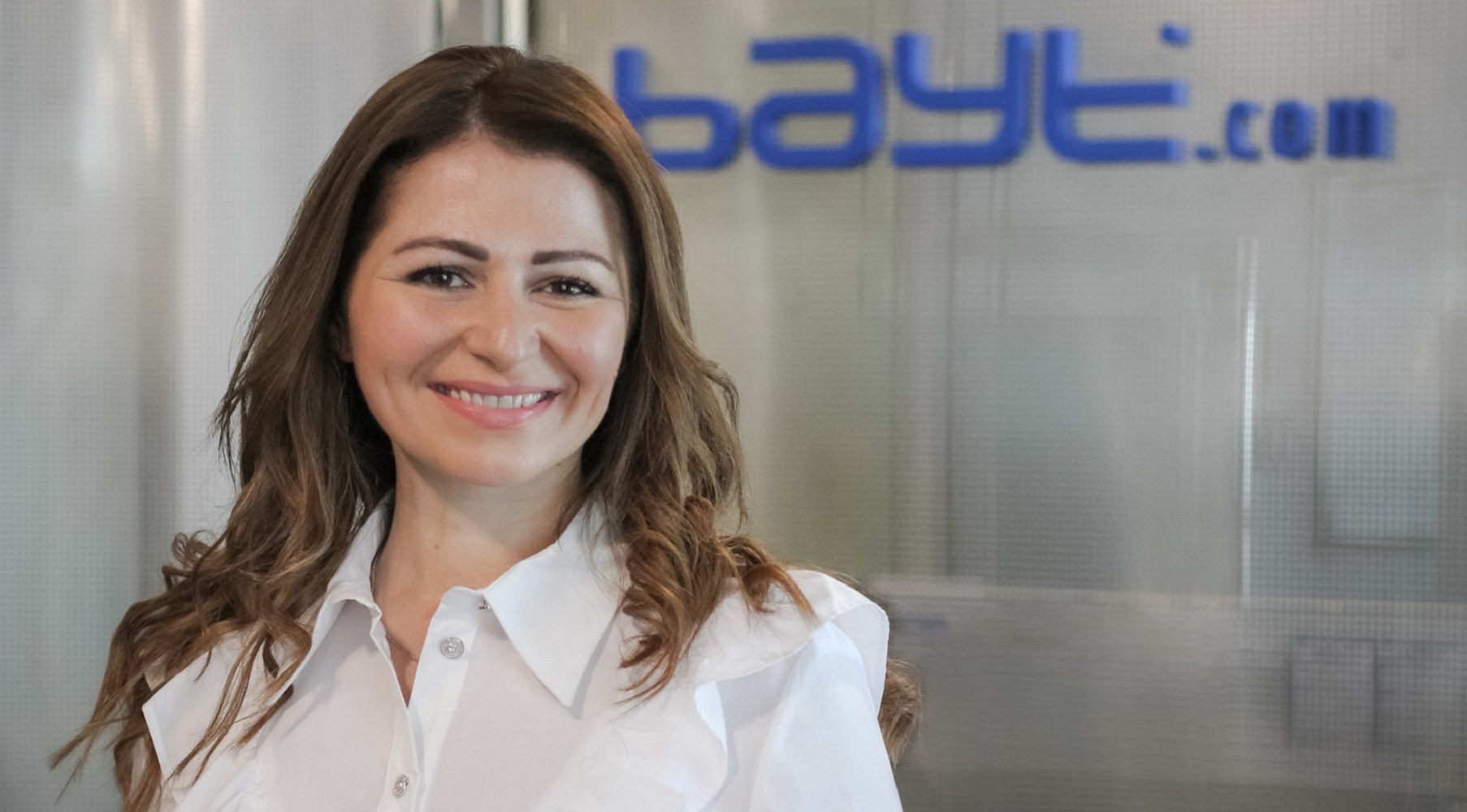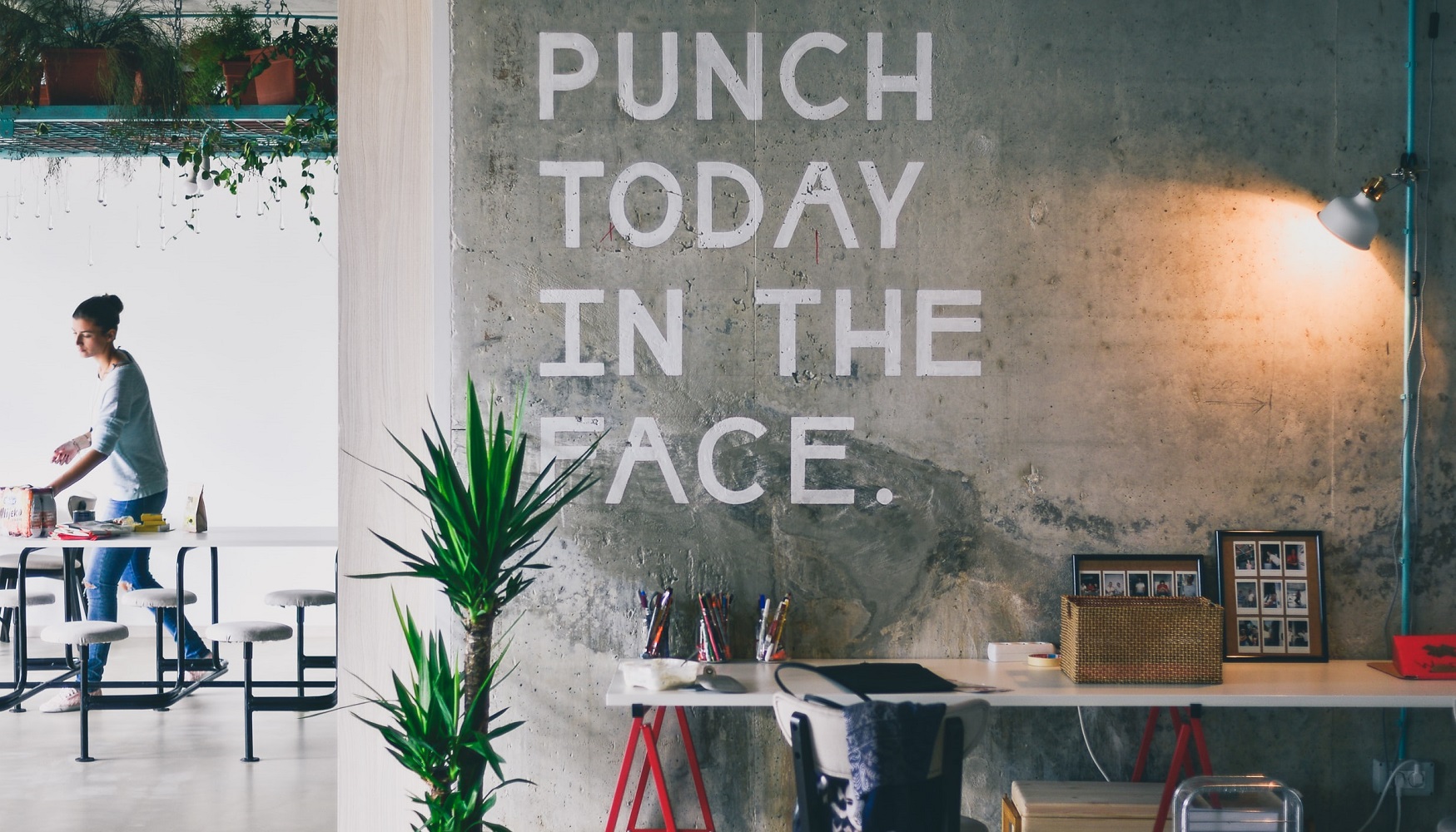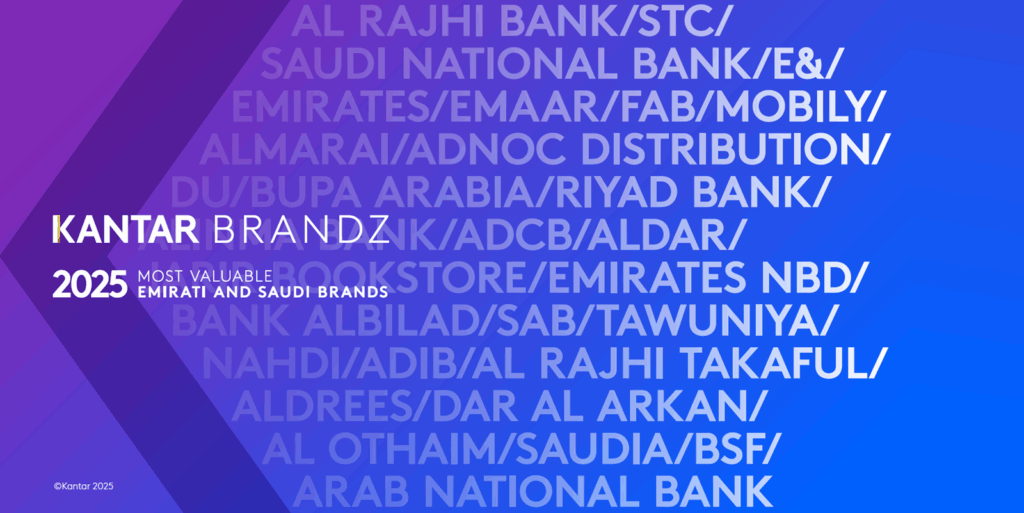Many of today’s most pressing business problems require creative thinking to solve them, and innovation is an essential ingredient for business growth and professional performance. According to the "2021 Creativity and Innovation in the MENA" poll conducted recently by job site Bayt.com, more than nine in ten (92%) respondents say that their job requires creativity and innovation.
In the past, businesses focused on near-term goals such as productivity, efficiency, and cost-cutting. But the landscape has shifted and creativity is emerging as an important dimension of productivity. Most MENA professionals agree (97%) that creative thinking and related skillsets are extremely important for securing a job in today’s market, and 92% say that creativity can be acquired and learned.
More than ever, supporting creativity at work is an essential part of driving value for both businesses and society. MENA professionals identified four key personality traits correlating the most with creativity at work:
- hunger for learning and growth (72%),
- leadership and self-motivation (16%),
- risk-taking and exploration (7%)
- social activity and communication (5%).
Moreover, 86% of respondents agree that their direct manager values creativity and innovation, and 83% describe their workplace culture as creative.
“Across the MENA region, a vast majority of professionals consider innovation and creativity as a key combination for strong performance in their roles, something clearly emphasized by findings from our latest survey,” said Ola Haddad, Director of Human Resources at Bayt.com, in a statement. “The 2021 survey has provided several valuable innovation and creativity insights, including drivers within working environments and people’s view that creativity can be developed by professionals with varying skillsets and experiences. At the same time, it is also apparent that employers value, welcome, and embrace these characteristics just as much as their people.”

The survey provided some important clues on how to develop a work environment that supports the efforts of innovative and creative people. 62% of respondents think conducting more brainstorming and group work sessions helps increase motivation, followed by providing tools for learning and exploration (19%), hiring and maintaining a diverse team (10%), and allowing employees to lead their own projects (9%).
According to survey respondents, there are five important barriers to organizational creativity:
- lack of access to information (50%),
- resistance to change (16%),
- lack of resources including time and money (16%),
- bureaucracy (11%),
- and risk aversion (8%).
Moreover, 78% say that repetitive routines do lower their creativity at work. Therefore, a better strategy for managers would be to make creativity an expectation of every job role and help personnel develop their innovation skills.
One aspect of enabling people to produce their most innovative work is understanding how the physical space they are in affects their creativity. For example, over three-quarters (77%) of survey respondents say that their offices have creative spaces where employees can relax, unwind, and innovate. Professionals tend to respond according to their office layout, fixtures, and environmental factors – and a well-designed space connects employees to the company's brand and helps them innovate to deliver better services.
Data for the Bayt.com "Creativity and Innovation in the MENA" poll was collected online from October 5 to November 11, 2021. Results are based on a sample of 4,625 respondents. Countries assessed include the UAE, KSA, Kuwait, Oman, Qatar, Bahrain, Lebanon, Jordan, Iraq, Palestine, Syria, Egypt, Morocco, Algeria, Tunisia, Libya, Sudan, and others.





